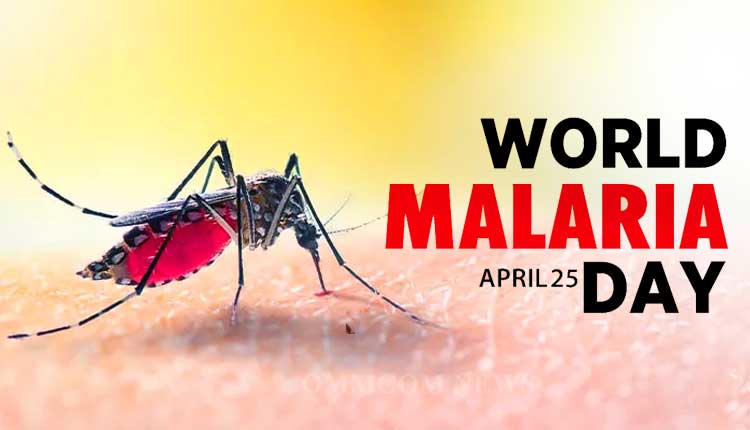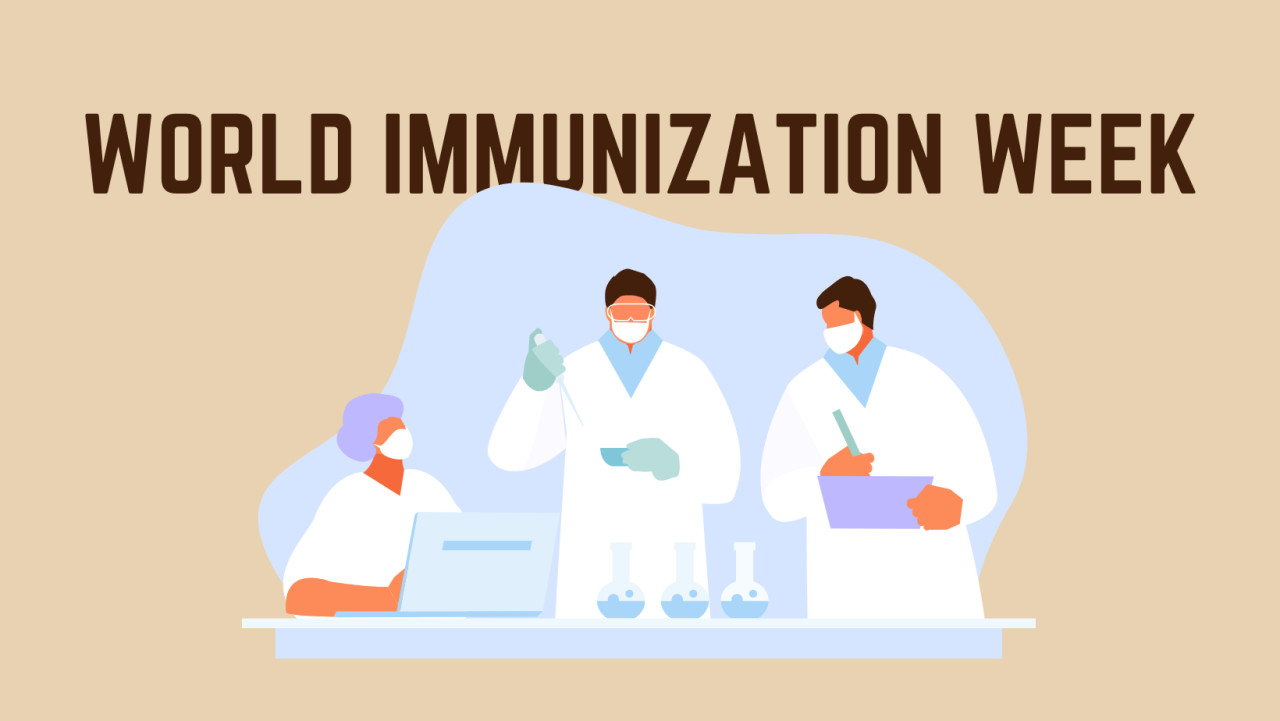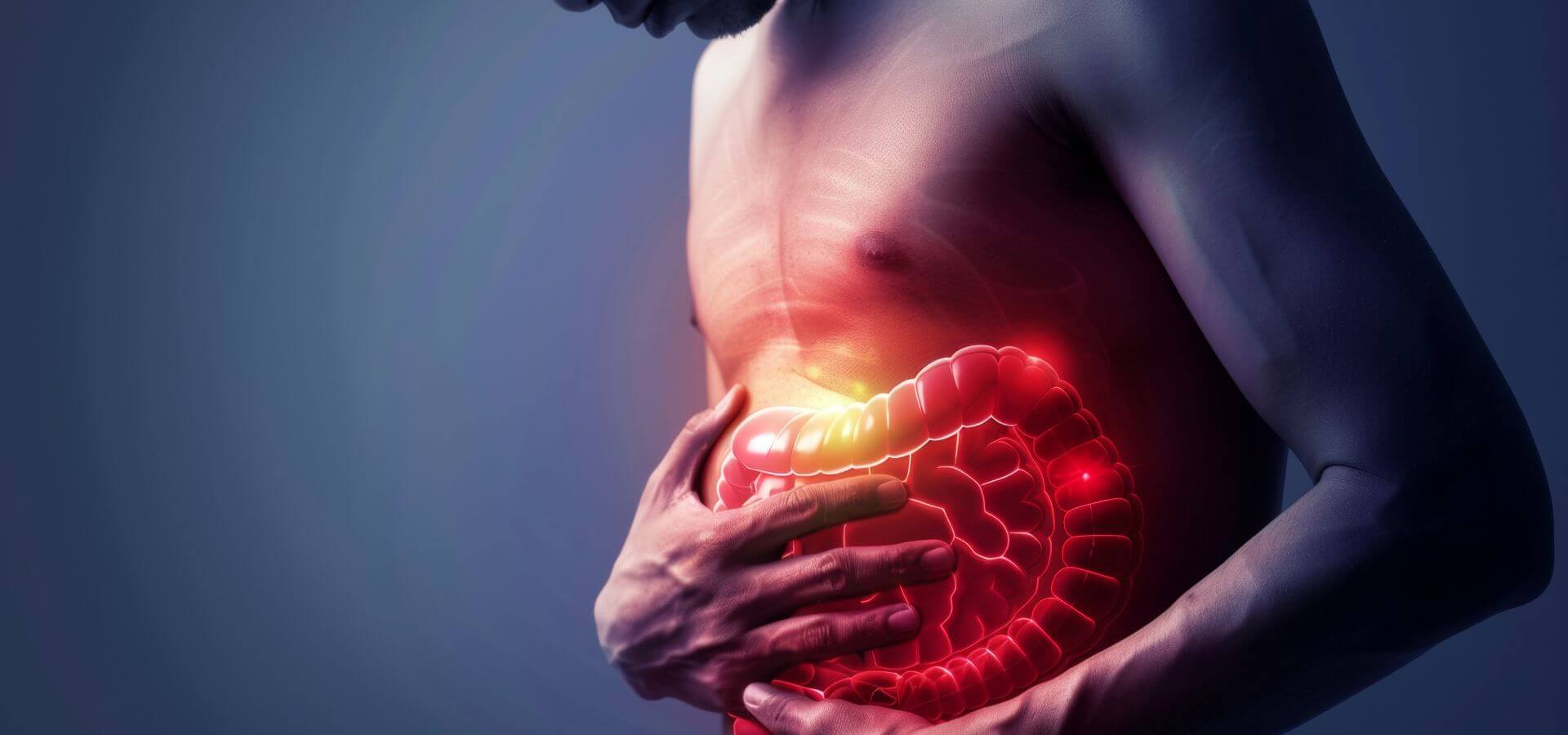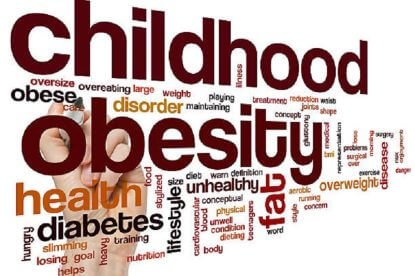Social environment may alter sexuality: study
Tue 23 Feb 2016, 10:54:25
Homosexual behaviour may not be "solely genetically programmed" and could be affected by the environment in which one is brought up, according to a new study in fruit flies.
Researchers showed that the sexual preferences of male fruit flies with a mutant version of a gene known to affect male sexual behaviour can vary depending on whether the flies are reared in groups or alone.
The neurons that express the fruitless (fru) gene "basically govern the whole aspect of male sexual behaviour," said Daisuke Yamamoto, a professor at Tohoku University in Japan, who conducted the study with postdoctoral fellow Soh Kohatsu.
Normal male fruit flies tap the abdomen of a female to get a whiff of her sex pheromones before pursuing her to mate. In contrast, males with a mutant version of the fru gene show no interest in females; instead, they set off in vigorous pursuit of other males.
Researchers wanted to analyse the role of vision in the courtship behaviour of normal and mutant fruit flies. They optically stimulated neurons in a region of the fruit fly brain known
to control courtship decision-making. The fruit flies were shown spots of white light flashing across a screen that represented walking females.
to control courtship decision-making. The fruit flies were shown spots of white light flashing across a screen that represented walking females.
Normal fruit flies courted the spots only after priming with pheromones, but mutant males did not need pheromone priming or direct brain stimulation.
The mutant fruit flies immediately followed the moving light spots and vibrated their wings in courtship."We found that this kind of visually induced courtship behaviour in the fru mutant males was blocked by isolating them right after their emergence from the pupa," said Yamamoto.
Yamamoto said that he had previously never doubted that male-to-male courtship in fru mutant males was "solely genetically programmed."
It appears that social interaction activates neurons that make mutant males hypersensitive to visual stimuli.
While Yamamoto is cautious about drawing conclusions on human sexual orientation from studies of fruit flies, he believes some aspects of sexual orientation in humans could have a similar mechanistic basis to that of flies.
No Comments For This Post, Be first to write a Comment.
Most viewed from Health
AIMIM News
Latest Urdu News
Most Viewed
May 26, 2020
Do you think Canada-India relations will improve under New PM Mark Carney?
Latest Videos View All
Like Us
Home
About Us
Advertise With Us
All Polls
Epaper Archives
Privacy Policy
Contact Us
Download Etemaad App
© 2025 Etemaad Daily News, All Rights Reserved.
































